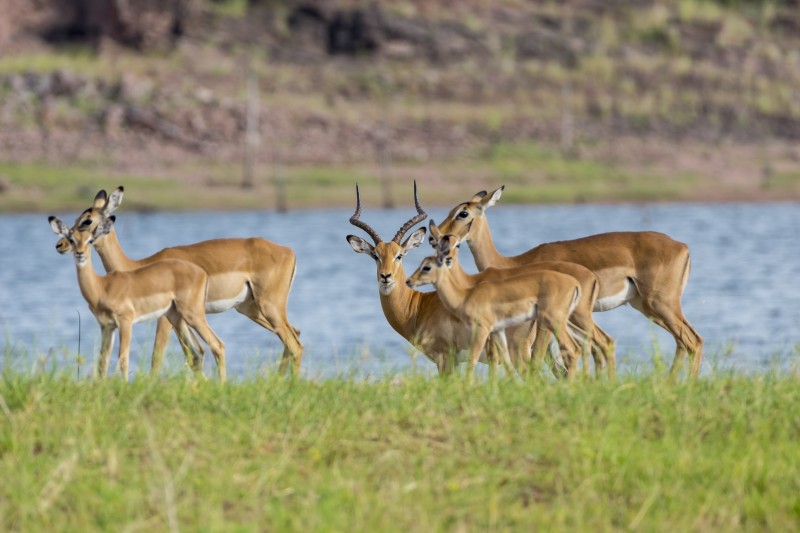Ancient Human Activity Found to Have Created Nutrient Hotspots Beneficial for Animals and Plants
The research team, including BU’s Dr Sally Reynolds, compared plant and soil parameters in a known location of ancient human activity with off-site locations to understand how ancient human activity might have a bearing on current habitats.
Experts from universities in Zimbabwe, Botswana, South Africa, alongside BU, conducted the research at the Shangani Holistic ranch in Central Zimbabwe, once a settlement for early humans, and assessed the prevalence of animals, grasses, vegetation, and trees.
The research found that sites of ancient human activity produced higher levels of soil nutrients, what the researchers call ‘nutrient hotspots’, creating biodiverse environments that many animals and plants now call home.
Animals like impala and greater kudu preferred these environments and were shown to be in greater number in areas previously inhabited by humans. Once the site of Iron Age homes, these environments have thrived as grasses, trees and shrubs now inhabit the area.
Dr Sally Reynolds, Associate Professor at Bournemouth University, explains, “This is a fascinating example of how humans have positively impacted the biodiversity of a region and the restorative power of nature as animals prefer to graze in areas previously inhabited by humans. I am pleased that we have added to the growing evidence of how ancient humans have impacted our modern landscapes.”
The research was published in the Journal of Arid Environments and was also covered in Science.


